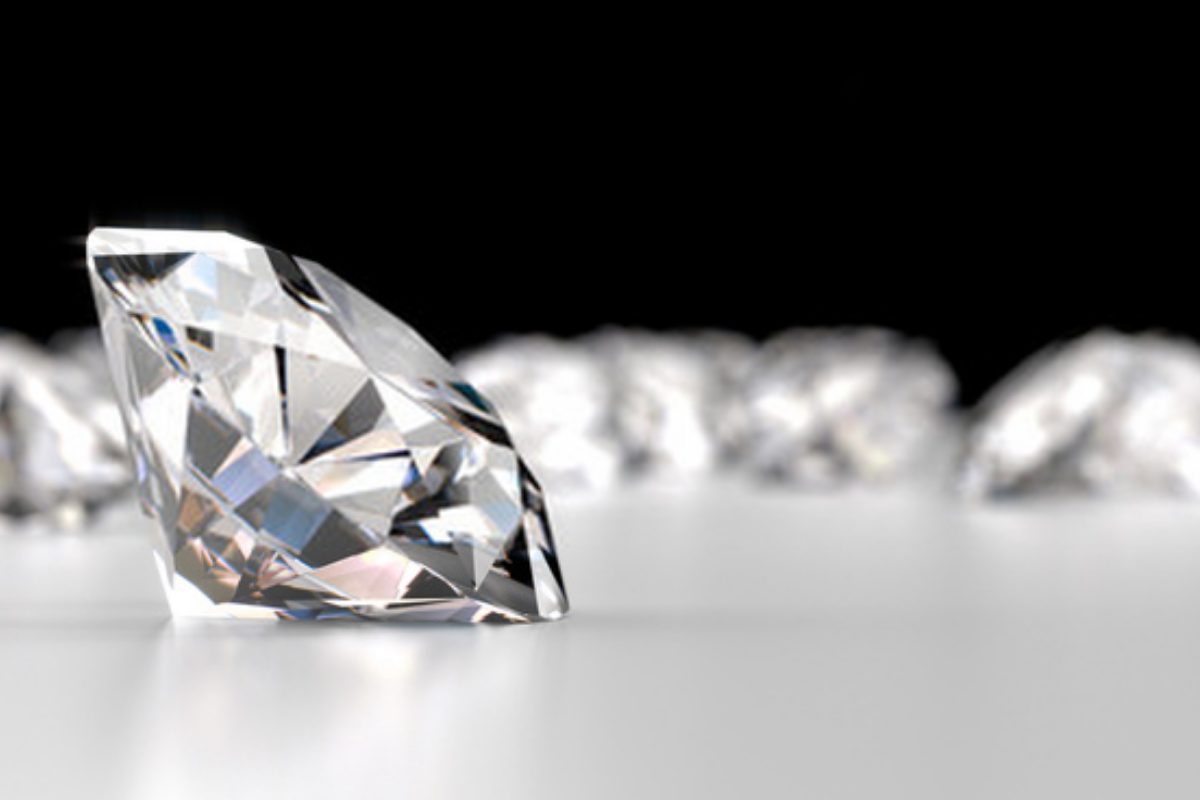Platinum vs Gold Lab-Grown Diamond Rings: Which One Should You Choose?

Lab-grown diamond rings have surged in popularity over the past few years, offering a more sustainable and affordable alternative to traditional mined diamonds. But once you’ve decided to go the lab-grown route, another important choice awaits: Should you set your diamond in platinum or gold? Both are stunning, durable, and timeless—but they come with their own set of pros and cons.
Let’s break down the differences to help you decide which metal suits your style, lifestyle, and budget.
Table of Contents
1. Appearance & Color
-
Platinum: Naturally white with a cool, silvery tone. It complements the icy brilliance of a lab-grown diamond beautifully, especially if you’re opting for a colorless stone. Platinum maintains its white hue without needing rhodium plating.
-
White Gold: Also silvery in tone but made by mixing gold with white metals like palladium or nickel, then coated with rhodium to enhance its brightness. Over time, this coating can wear off, requiring re-plating.
-
Yellow Gold: Warm, classic, and rich in color. A yellow gold band creates a vintage or traditional look, and the contrast can make a diamond appear whiter.
-
Rose Gold: Romantic and modern, rose gold has a pinkish hue due to its copper content. It pairs beautifully with lab-grown diamonds for a unique, contemporary feel.
Winner for color consistency: Platinum, platinum vs gold lab grown diamond rings, especially for lovers of white metals.
2. Durability & Maintenance
-
Platinum: Extremely durable and dense. It doesn’t wear away but does develop a patina over time—a slightly matte finish that some find charming and vintage-like. It’s hypoallergenic, which is great for sensitive skin.
-
Gold (14K or 18K): While still durable, gold is softer than platinum, especially in higher karats. White gold needs periodic rhodium re-plating to keep its shine, while yellow and rose gold may show scratches more easily.
Winner for long-term durability: Platinum
3. Weight & Comfort
-
Platinum: Heavier, which can give the ring a more luxurious, substantial feel. However, some may find it slightly less comfortable for everyday wear because of the weight.
-
Gold: Lighter on the finger. If comfort is your top priority or you prefer something less bulky, gold might be your match.
Winner for everyday comfort: Gold
4. Price Point
-
Platinum: Generally more expensive due to its rarity, density, and purity. However, for those investing in a meaningful, long-lasting piece, the price may be worth it.
-
Gold: More affordable, especially 14K varieties. White, yellow, and rose gold options give you more flexibility with price and style.
Winner for budget-conscious buyers: Gold
5. Style Versatility
-
Platinum: Best for modern, elegant, or minimalist designs. It’s often chosen for engagement rings and wedding bands that are meant to last a lifetime.
-
Gold: Offers a broader palette of styles and colors. Whether you want vintage, lab diamonds, boho, classic, or modern, gold has a shade and design to match.
Winner for variety: Gold
Final Thoughts: Which Should You Choose?
-
Choose Platinum if you want a ring that is ultra-durable, hypoallergenic, and has a naturally white shine that doesn’t fade over time. Ideal for classic and elegant designs.
-
Choose Gold if you’re looking for more options in color and style, want a lighter feel, or need something more budget-friendly. Rose, yellow, or white—gold offers something for everyone.
No matter which metal you choose, a lab-grown diamond ring set in either platinum or gold is a stunning, ethical, and stylish choice. It all comes down to your personal preferences, lifestyle, and the story you want your ring to tell.

 The Unique Beauty of Sleepy Diamonds and the Innovation of Lab Made Diamonds
The Unique Beauty of Sleepy Diamonds and the Innovation of Lab Made Diamonds  Best Lab Diamonds UK: Discover the Brilliance of Lab Grown Diamonds
Best Lab Diamonds UK: Discover the Brilliance of Lab Grown Diamonds  Timeless Elegance: Diamond Earrings Made with Lab Made Diamonds
Timeless Elegance: Diamond Earrings Made with Lab Made Diamonds  The Sparkling Shift: Dress Rings Lab Diamonds and the Elegance of Man Made Diamonds
The Sparkling Shift: Dress Rings Lab Diamonds and the Elegance of Man Made Diamonds  Lab-Grown Diamonds: The HPHT Method Explained
Lab-Grown Diamonds: The HPHT Method Explained  Your Guide to Finding the Best Deck Companies in Markham
Your Guide to Finding the Best Deck Companies in Markham  How Acupuncture Can Help Support Fertility and Wellbeing
How Acupuncture Can Help Support Fertility and Wellbeing  Sciatica Relief Options on Long Island: A Comprehensive Guide
Sciatica Relief Options on Long Island: A Comprehensive Guide  Step-by-Step Guide to Cloning an Appealing Voice with AI for Promo Videos
Step-by-Step Guide to Cloning an Appealing Voice with AI for Promo Videos